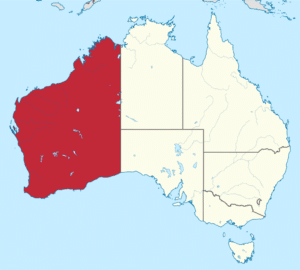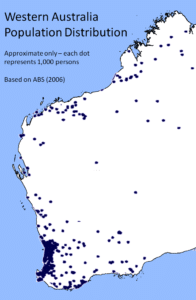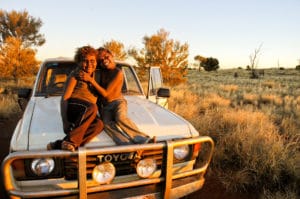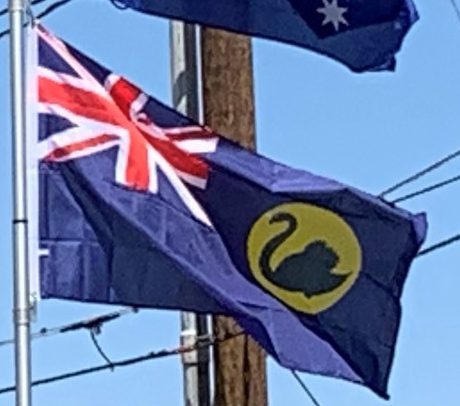Introduction:
Western Australia is a state occupying the entire western third of Australia. It is bounded by the Indian Ocean to the north and west, and the Southern Ocean to the south, the Northern Territory to the north-east, and South Australia to the south-east.

Western Australia is Australia’s largest state, with a total land area of 976,790 square miles, and the second-largest country subdivision in the world, surpassed only by Russia’s Sakha Republic. The state has about 2.6 million inhabitants – around 11 percent of the national total – of whom the vast majority (92 per cent) live in the south-west corner, 79 per cent of the population living in the Perth area, leaving the remainder of the state sparsely populated.

The first European visitor to Western Australia was the Dutch explorer Dirk Hartog, who visited the Western Australian coast in 1616. The first European settlement of Western Australia occurred following the landing by Major Edmund Lockyer on 26 December 1826 of an expedition on behalf of the New South Wales colonial government. He established a convict-supported military garrison at King George III Sound, at present-day Albany, and on 21 January 1827 formally took possession of the western third of the continent for the British Crown. This was followed by the establishment of the Swan River Colony in 1829, including the site of the present-day capital, Perth.
York was the first inland settlement in Western Australia. Situated 60 miles east of Perth, it was settled on 16 September 1831.
Western Australia achieved responsible government in 1890 and federated with the other British colonies in Australia in 1901. Today, its economy mainly relies on mining, agriculture, exports, and tourism. The state produces 46 per cent of Australia’s exports. Western Australia is the second-largest iron ore producer in the world.
History:
Aboriginal Settlement:
When Australia’s first inhabitants arrived on the northwest coast 40,000 to 60,000 years ago the sea levels were much lower. The Kimberley coast at one time was only about 90 km from Timor, which itself was the last in a line of closely spaced islands for humans to travel across. Therefore, this was a possible (even probable) location for which Australia’s first immigrants could arrive via some primitive boat. Other possible immigration routes were via islands further north and then through New Guinea.

Over the next tens of thousands of years these Indigenous Australians slowly moved southward and eastward across the landmass. The Aborigines were well established throughout Western Australia by the time European ships started accidentally arriving en route to Batavia (now Jakarta) in the early 17th century.
Early Visits by Europeans:
The first European to sight Western Australia was the Dutch explorer, Dirk Hartog, the first European to suggest to have found a continent there, who on 26 October 1616 landed at what is now known as Cape Inscription, Dirk Hartog Island. Before departing, Hartog left behind an inscribed pewter plate affixed to a post. In 1696 the plate was discovered and replaced by Willem de Vlamingh and repatriated to the Rijksmuseum in Amsterdam. A multitude of Dutch visits followed during that century, charting virtually the whole of the west coast, the West Australian south coast and Australia’s northern coast.
